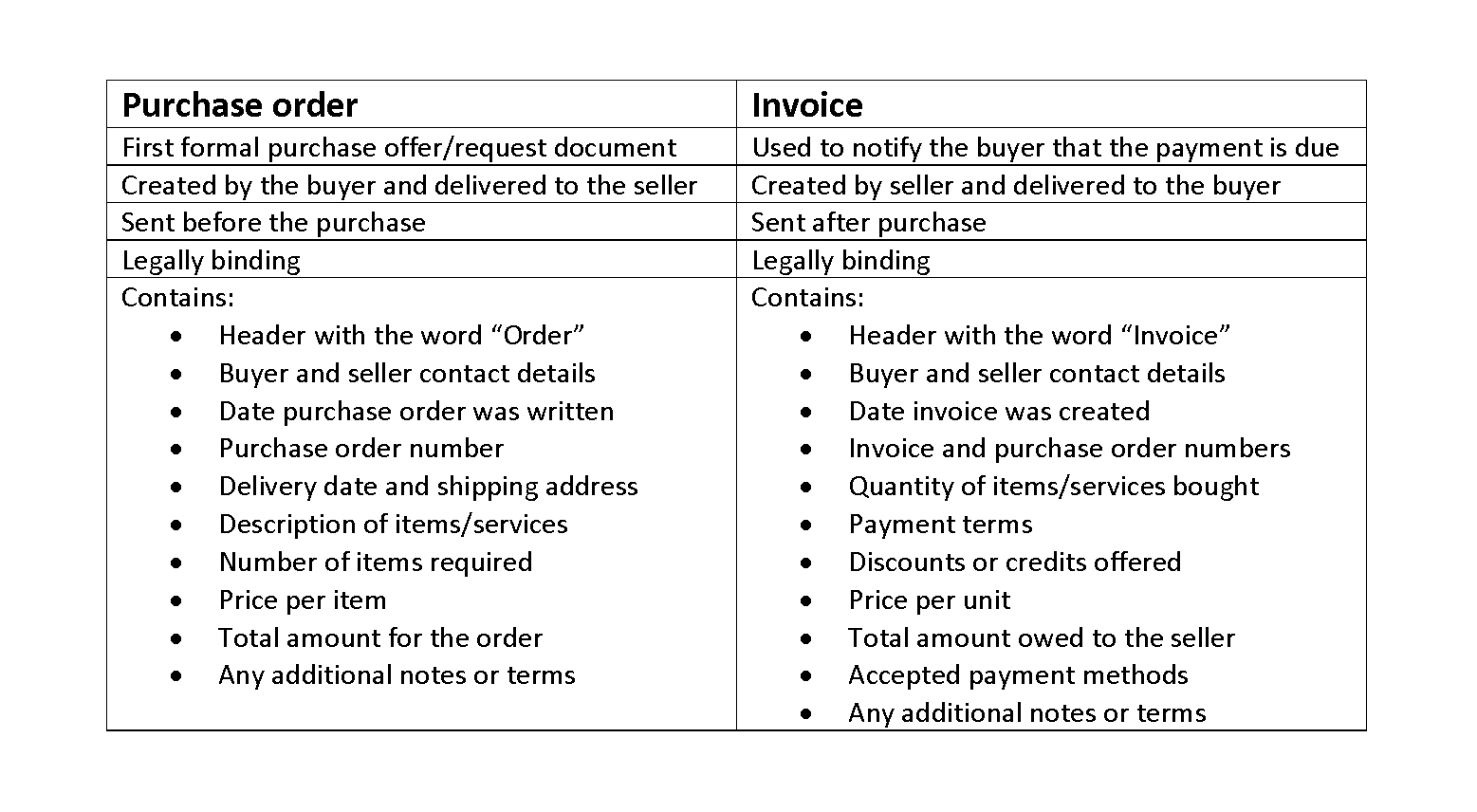Declared dividends are a debit to the retained earnings account whether paid or not. Stock dividends, on the other hand, are the dividends that are paid out as additional shares as fractions per existing shares to the stockholders. We can find the net income for the period at the end of the company’s income statement (consolidated statements of income). Strong financial and accounting acumen is required when assessing the financial potential of a company. While a t-shirt can remain essentially unchanged for a long period of time, a computer or smartphone requires more regular advancement to stay competitive within the market. Hence, the technology company will likely have higher retained earnings than the t-shirt manufacturer.
Retained Earnings: Definition, Formula, Example, and Calculation

A strong retained earnings figure suggests that a company is generating profits and reinvesting them back into the business, which can lead to increased growth and profitability in the future. If you see your beginning retained earnings as negative, that could mean that the current accounting cycle you’re in has a larger net loss than your beginning balance of retained earnings. For example, if the dividends a company distributed were actually greater than retained earnings balance, it could make sense to see a negative balance. If your business currently pays shareholder dividends, you’ll need to subtract the total paid from your previous retained earnings balance. If you don’t pay dividends, you can ignore this part and substitute $0 for this portion of the retained earnings formula. A statement of retained earnings shows the changes in a business’ equity accounts over time.
- Revenue is the money generated by a company during a period but before operating expenses and overhead costs are deducted.
- According to the board approval and dividend policies, this earning will be reduced when the entity makes the payments to its shareholders.
- However, if the entity makes operating losses, then accumulated earnings will turn into accumulated losses.
- Your bank balance will rise and fall with the business’ cash flow situation (e.g. received payments and spending), but the retained earnings are only affected by the current period’s net income/loss figure.
- Ultimately, the company’s management and board of directors decides how to use retained earnings.
Normal Balance of Accounts
Your accounting software will handle this calculation for you when it generates your company’s balance sheet, statement of retained earnings and other financial statements. Instead, they reallocate a portion of the RE to common stock and additional paid-in capital accounts. This allocation does not impact the overall size of the company’s balance sheet, but it does decrease the value of stocks per share. The retained earnings (or retention) ratio refers to the amount of earnings retained by the company compared to the amount paid to shareholders in dividends. It’s essentially a comparison between the money earmarked for reinvestment and the money paid to investors in dividend payments. Retained Earnings are listed on a balance sheet under the shareholder’s equity section at the end of each accounting period.

Are Retained Earnings Considered a Type of Equity?
In that case, they’ll look at your stockholders’ equity in order to measure your company’s worth. Calculating retained earnings after a stock dividend involves a few extra steps to figure https://www.bookstime.com/ out the actual amount of dividends you’ll be distributing. Retained earnings are like a running tally of how much profit your company has managed to hold onto since it was founded.

Would you prefer to work with a financial professional remotely or in-person?

Make payday a breeze with automatic tax and retirement calculations, whether you’re paying one person or a whole team. This statement is the extended version of the statement of change in equity, and this statement shows the detail of changes in retained earning of the period. The portion of retained earning normally uses for reinvestment as we as expended the operations, improve business and product branding, and do more research and developments. Are you still wondering about calculating and interpreting retained earnings? If the company is experiencing a net loss on its Income Statement, then the net loss is subtracted from the existing retained earnings. Now, add the net profit or subtract the net loss incurred during the current period, that is, 2019.
Are Retained Earnings an Asset or Equity?
However, if the entity makes the payments, then the portion of accumulated earnings will be reduced. For the entity that grows to the position that has financial healthy, dividends normally pay to shareholders. However, they normally decide not to distribute retained earnings to shareholders for the new startup entity. Retained earnings are the accumulation of the entity’s net profit from the beginning the retained earnings account normally: to the reporting date after deducting the dividend payments to shareholders. These earnings are the amounts used to distribute to shareholders or reinvests based on the entity’s dividend and investment policies. In an accounting cycle, after a trial balance and adjusting and closing entries are completed, and the income statement is generated, we are ready to prepare the Statement of Retained Earnings.
- Your firm’s strategy should influence how you choose to use retained earnings and cash dividend payments.
- Your company’s balance sheet may include a shareholders’ equity section.
- Reinvestment is not affect returned earnings but if the entity expands its operation and then turns from the net income to net losses.
- This is because due to the increase in the number of shares, dilution of the shareholding takes place, which reduces the book value per share.
- Instead, they invest this amount in expanding and growing the company, which slowly increases its overall value.